News
The Camembert Conundrum: Fungus Fears and the Future of a French Icon
In the annals of culinary history, few stories are as enchanting as the legend of Napoleon encountering Camembert for the first time. The tale goes that the French emperor was so captivated by this creamy, pungent cheese that he couldn’t resist kissing the waitress who presented it. Such a gesture might raise eyebrows today, but it underscores the profound impact Camembert has had on French gastronomy. Let’s find out with nowglas.
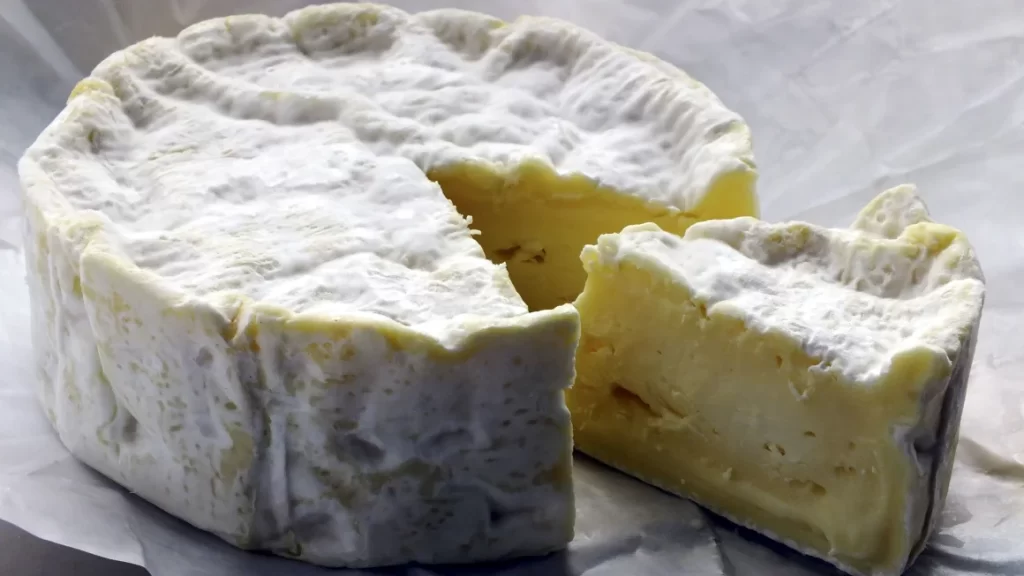
Hailing from the northwestern region of Normandy, Camembert has been a culinary gem since at least the 18th century. Creamy, pungent, and gooey, it has ascended to become France’s favorite cheese. Recent headlines, however, have sent shockwaves through the culinary world, predicting the imminent demise of Camembert due to a fungal crisis. Scientists from Paris-Saclay University have raised concerns that industrial production methods are depleting the main fungus crucial for Camembert production, with potential long-term consequences.
In a study released in January, the researchers highlighted the dwindling supply of Penicillium camemberti, the fungus responsible for Camembert’s distinctive white rind and rich flavor. The strain is under pressure due to industrial production demands, leading to questions about the future viability of this iconic cheese. The French National Center for Scientific Research (CNRS) declared, “Blue cheeses may be under threat, but the situation is much worse for Camembert, which is already on the verge of extinction.”
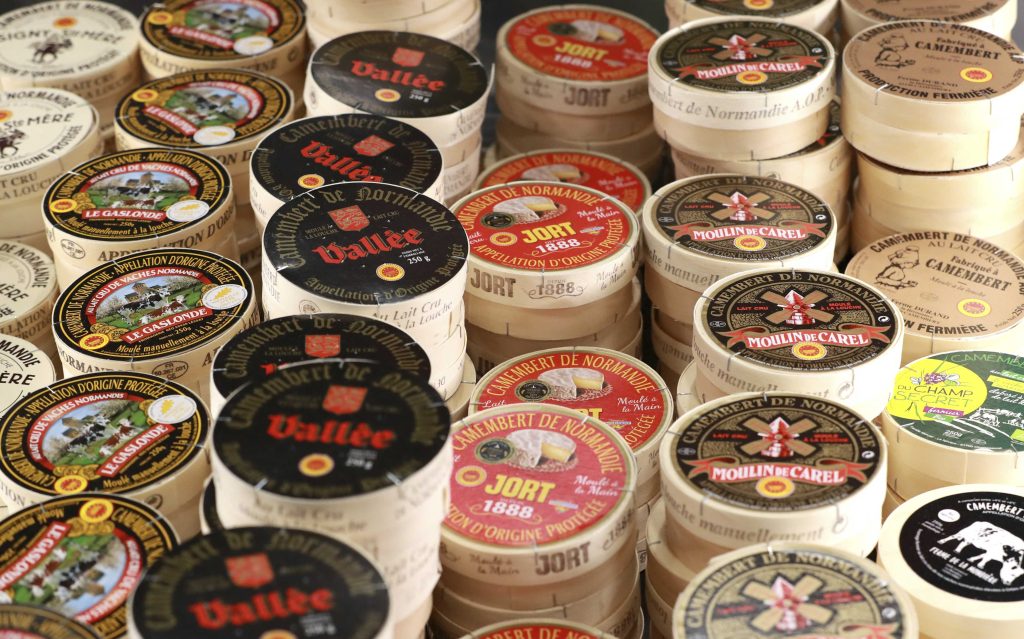
The core of the issue lies in the challenges faced by P. camemberti in reproducing, primarily due to the strains of industrial production. While other cheeses, especially blue varieties, also face threats, the uniqueness of Camembert places it in a more precarious position. The CNRS report emphasizes the difficulty for manufacturers in obtaining sufficient quantities of P. camemberti spores for Normandy cheese production.
Patmos: Unveiling the Spiritual Tapestry of the Aegean Archipelago
This isn’t the first time Camembert has faced a crisis. The industrialization and conflicts of the last century nearly wiped it out. According to Patrick Lance, a British cheese expert, “Two world wars and too much big business nearly brought Camembert to its grave, except in name.” The cheese’s identity was further jeopardized by pasteurized factory distortions.
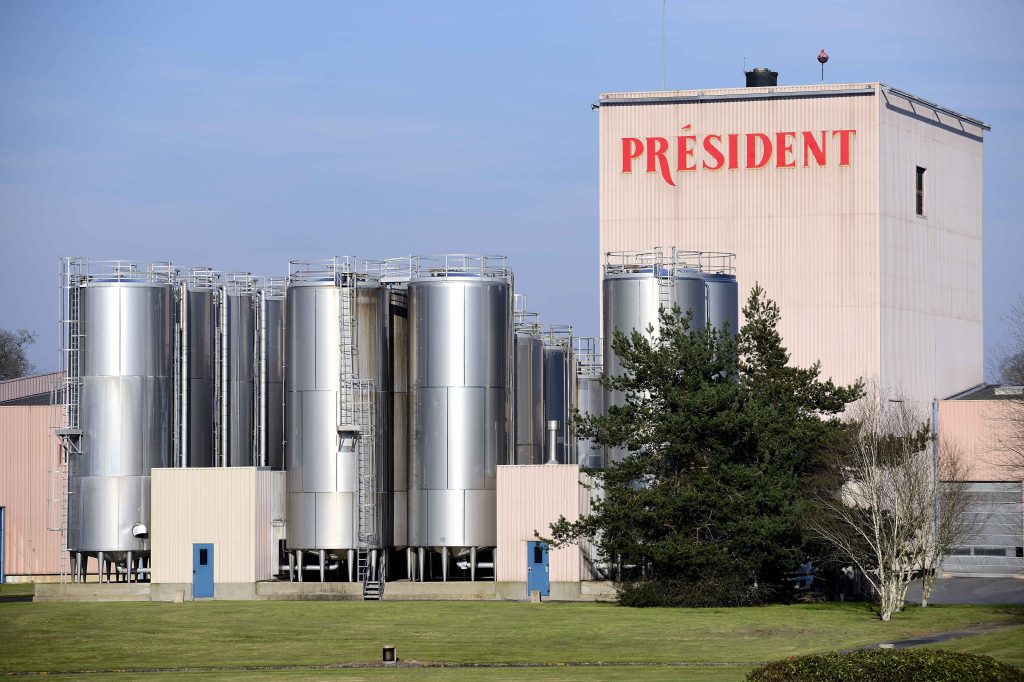
To safeguard Camembert’s legacy, the Appellation d’origine protégée (AOP) status was introduced in 1982. This protected the Camembert name, ensuring only cheeses made in Normandy could carry it. However, debates persisted over whether true Camembert should be made with raw or pasteurized milk.
Bruno Lefèvre, director general of Les fromageries de Normandie, a regional cheesemakers’ association, dismisses the recent concerns, drawing on his family’s five-generation history of making Camembert. Lefèvre attributes color variations to bacterial pigmentation rather than fungal activity, expressing confidence in the resilience of Camembert.
The ongoing annual cheese fair in Paris has become a forum for discussions about Camembert’s future. Lefèvre notes confusion among those he spoke with, questioning the fear for Camembert’s survival. While scientific claims have been acknowledged, they have not induced panic among cheesemakers.
Researchers stand by their findings but emphasize that Camembert is not facing an immediate threat. Tatiana Giraud, a researcher involved in the study, clarifies that while there’s a homogenization of starters, reducing their adaptability, Camembert production remains secure for the time being.
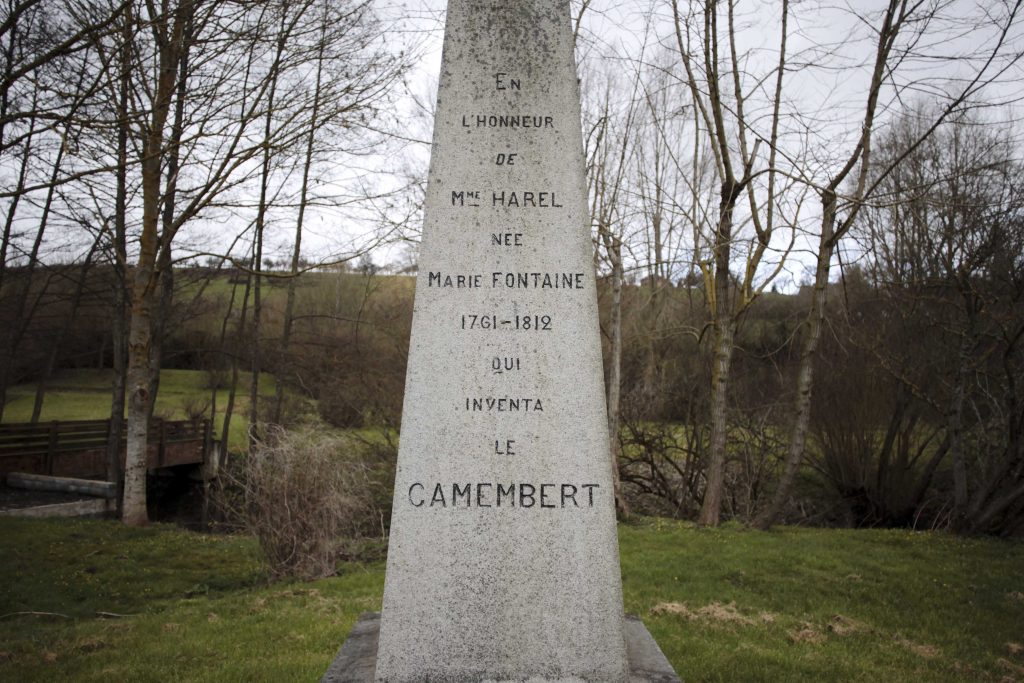
Beyond its culinary significance, Camembert holds a storied history. Marie Harel, a woman from Normandy, is credited with its creation, influenced by a fugitive priest from Brie. The cheese’s unexpected role in World War I is commemorated with a statue in Vimoutiers, Normandy, a gift from cheese factory workers in Ohio, USA.
The Camembert conundrum reflects a delicate balance between tradition, science, and global culinary heritage. While concerns linger, the enduring legacy of Camembert, intertwined with tales of Napoleon’s approval and wartime curative powers, suggests that this beloved cheese may yet overcome its current challenges and continue gracing tables for generations to come.
In essence, Camembert embodies the intricate dance between tradition and innovation, showcasing how a cheese with such deep historical roots adapts to the ever-evolving landscape of modern production. The potential threat to its existence prompts reflection on the delicate balance required to preserve culinary heritage while embracing advancements in cheese-making techniques.
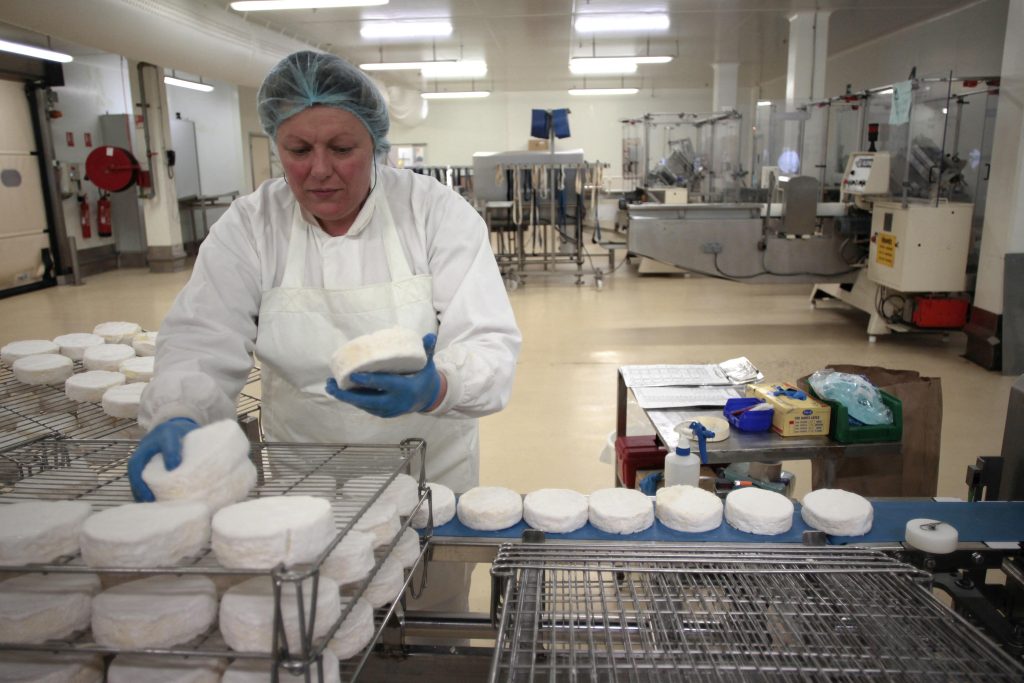
As enthusiasts and connoisseurs grapple with the Camembert conundrum, the broader conversation extends beyond a single cheese’s fate. It becomes a discourse on the fragility of culinary traditions and the need for sustainable practices to ensure the survival of iconic delicacies. The story of Camembert serves as a poignant reminder that the culinary world is not immune to the challenges posed by industrialization and changing consumer demands.
Amidst the swirling debates about Camembert’s future, one cannot help but marvel at the resilience of this cheese, which has weathered storms throughout history. From the brink of extinction in the past to the present concerns about fungal challenges, Camembert continues to evoke passion and reverence.
In the grand tapestry of French gastronomy, Camembert remains a central figure—a symbol of cultural identity, culinary excellence, and the artistry of cheese-making. As the saga of Camembert unfolds, it prompts us to ponder the broader implications for traditional foods in the face of evolving production methods and ecological considerations.
Perhaps, in the years to come, Camembert will not only survive but thrive, adapting to new realities while preserving its essence. The Camembert conundrum is a testament to the enduring legacy of culinary treasures and the collective responsibility to nurture and protect these treasures for future generations.
See more: Great Barrier Reef Faces Another Bleaching Crisis as Climate Woes Persist
